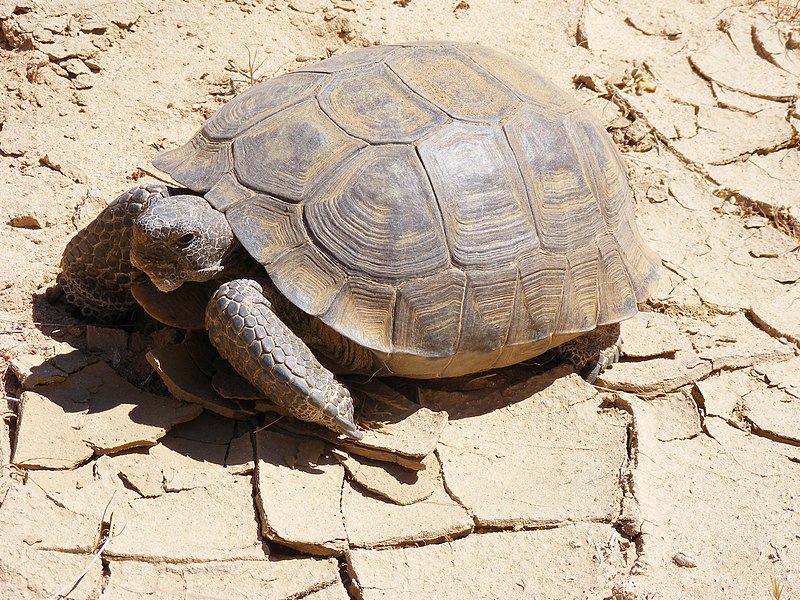So, after interviewing two of the ECE professionals that I know, what did I learn?
What are the most significant or interesting genres that you learned about from your interviewees?
- Academic Research Paper - The most common of the academic genres, there are a great deal of papers published every year in all areas of ECE and the advancements being made.
- Lecture - When teaching to students at a college level, professors have to be very careful when designing the topic to ensure those without experience are able to comprehend the information.
- Conference Presentation - Before a paper gets published, the authors usually have to submit their work to a conference and have it peer reviewed, and first present the information the conference as a whole.
How do these genres differ from one another? Think about things like genre convention, content, purpose, audience, message, and context as you describe these differences.
While some of the audiences may be similar, the genres presented above are incredibly different. Though conference presentations and research papers share a closer level of detail, lectures will often have much broader themes and be designed for those unfamiliar with the topic rather than experienced professionals.
Based on the information you gathered in your interviews, what is challenging and/or difficult about writing within these genres (from a professional's point of view)?
Working in these genres often requires a massive amount of time to invest, something that is not always easy to account for. When speaking to both Gavin and Dr. Tharp, they expressed their thoughts on time management as an incredibly important part of the writing process, and said that writing the academic research paper often accounts for 25-30% of the total time of a project.
Based on the information you gathered in your interviews, what is exciting and/or rewarding about writing within these genres (from a professional's point of view)?
As a professional, having readers read through your academic journal shows that you are capable of advancing a field in ways that others may not be possible of doing. Also, when lecturing to students there is a great desire to prove that the subject matter is interesting and that it is worth being learned about.
Where in mass media - popular, academic, and/or social - can examples of this genre be found? If genre examples cannot be found within mass media easily, where can genre examples be found/located?
In academia, successful papers are published in the most highly revered journals, but this is far from mass media. Advancements often come into play in various news pieces, though the facts are far from the entire knowledge required to fully understand the topic.






















